There can be your advertisement
300x150
Clear About Moscow Architecture: 6 Best Posts
Learn how communal apartments came to be, what amazed contemporaries about the House on the Embankment, and why the Narkomfina House was considered the first comfortable residential complex in Moscow
Throughout the past month, together with Ayrat Bagautdinov, founder of the educational project 'Moscow Through the Eyes of an Engineer', we have been telling you about the history of Moscow architecture. If you missed these articles, now is the time to make up for it!
1. What amazed contemporaries about the House on the Embankment?
That the House on the Embankment – a record holder for the number of gloomy stories related to repression of residents, seems to be known by everyone. But once this House embodied dreams of a bright future. Architect Boris Iofan in 1931 realized an amazing project – a commune by ideology and an elite residential complex by fact. Here, cutting-edge engineering-architectural innovations were applied, and infrastructure development reached unprecedented heights.
 Photo: Anton Denisov, RIA Novosti
Photo: Anton Denisov, RIA NovostiContinue reading
2. How and why Moscow communal apartments emerged
The dream of times when private property disappears, and people live together, sharing public goods equally, did not pass architects by. On the wave of these sentiments, special communal apartments were begun to be built. But almost all such experiments failed. Why?

Continue reading
3. Everything You Wanted to Know About the Narkomfina House
Built in 1930 at Novinsky Boulevard, 25/1 according to the project of architects Moisey Ginzburg and Ignatius Milinis, the Narkomfina House became a living embodiment of constructivist aesthetics and a platform where the latest architectural solutions were successfully implemented.
Two-level apartment-cells, laundry room and kindergarten, loungers for taking solar baths on the roof – we explained why the Narkomfina House is considered the first comfortable residential complex in Moscow.
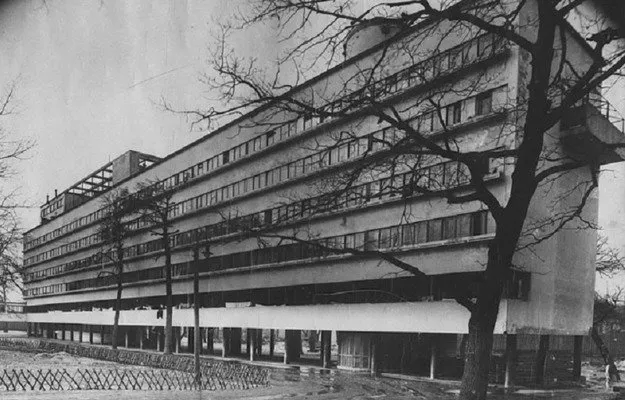
Continue reading
4. History of High-Rise Construction in Moscow
Over the last 150 years, Moscow has steadily maintained an upward course: talented engineers continue to build high-rise buildings. But where did it all begin? We explained when the first skyscraper appeared in Moscow, what horizontal skyscrapers represent, and what was the original concept of Moscow-City.
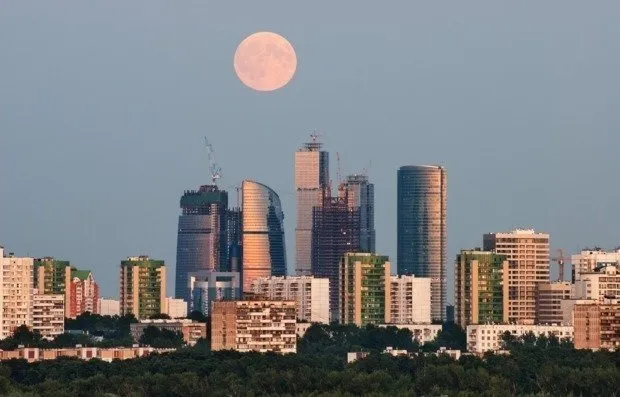
Continue reading
5. Most Interesting Buildings of the Soviet Avant-Garde Era
Totalitarian countries love to assert themselves through massive construction. Administrative buildings here become symbols of the era, much like churches in antiquity and the Middle Ages. Moscow of the 1920s was no exception, although money was scarce at the time, and architecture was dominated by avant-garde, favoring minimalism and modesty.
Together with Ayrat Bagautdinov, founder of the educational project 'Moscow Through the Eyes of an Engineer', we tell and show how it affected the buildings that officials built 'for themselves'.
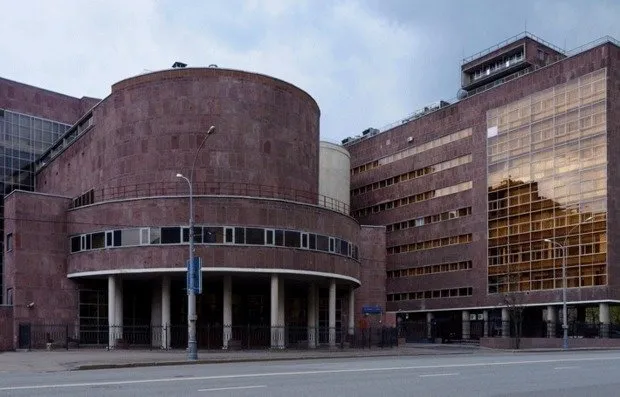
Continue reading
6. How Moscow Was Rebuilt Through the Ages
Only a lazy person would not curse the mayor of Moscow for the massive reconstruction of the capital center. Car drivers, journalists, and citizens all complain. On the opposite side of the ring – authorities and some architectural critics who prove the necessity of current large-scale works to solve traffic problems.
However, Moscow has always been rebuilt, so the current mayor's actions fit well into historical context.

Auguste-Anthony Cadol. Manege and Kremlin Garden. 1823–1824 years
Continue reading
More articles:
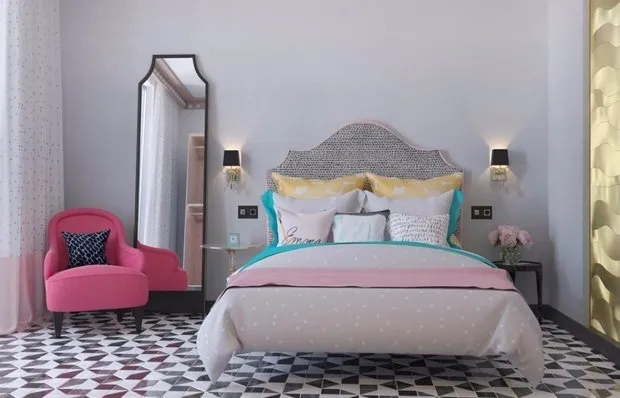 What Floor to Choose in an Apartment: 11 Ideas from Professionals
What Floor to Choose in an Apartment: 11 Ideas from Professionals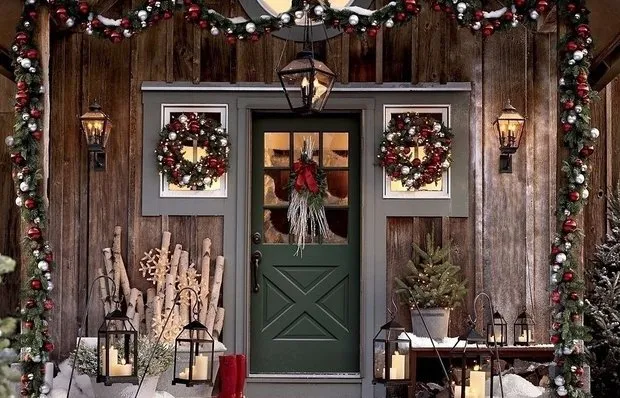 New Year Decoration for One Weekend: Home and Yard
New Year Decoration for One Weekend: Home and Yard Holiday Table Setting: 10 Ideas That Are Easy to Replicate
Holiday Table Setting: 10 Ideas That Are Easy to Replicate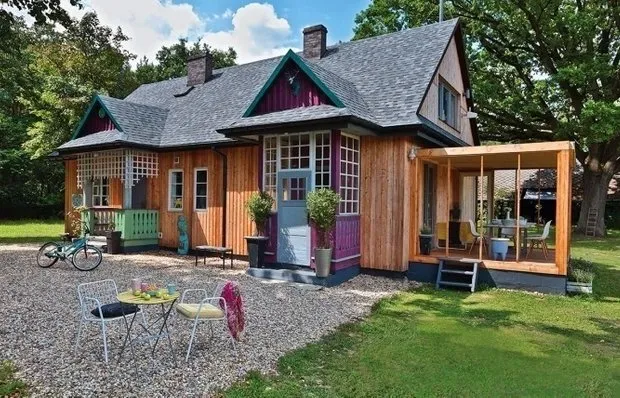 Not a Boring Country House: Tips for Dacha Owners
Not a Boring Country House: Tips for Dacha Owners 3 Legal Options for Replanning a Studio Apartment in a 'Brezhnev' Building
3 Legal Options for Replanning a Studio Apartment in a 'Brezhnev' Building How to Create a Perfectly Flat Wall for Painting
How to Create a Perfectly Flat Wall for Painting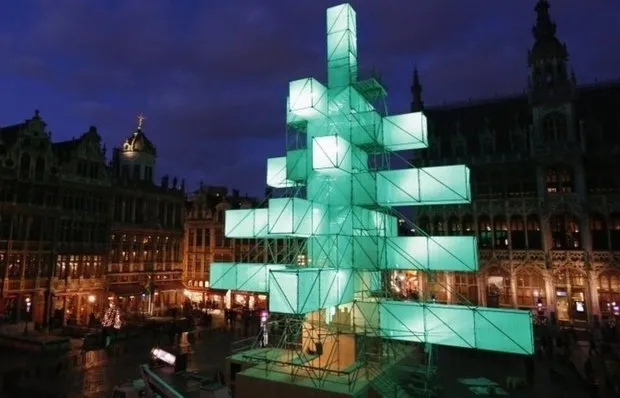 6 Most Unusual Christmas Trees
6 Most Unusual Christmas Trees Choosing Floor Covering: Pros and Cons of Different Options
Choosing Floor Covering: Pros and Cons of Different Options